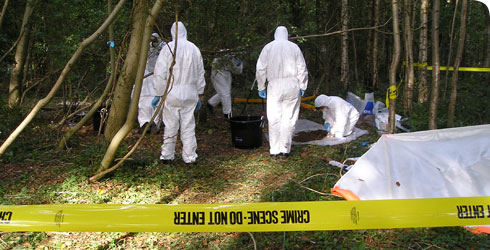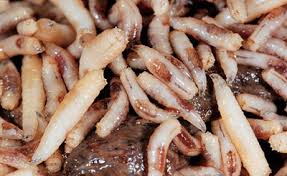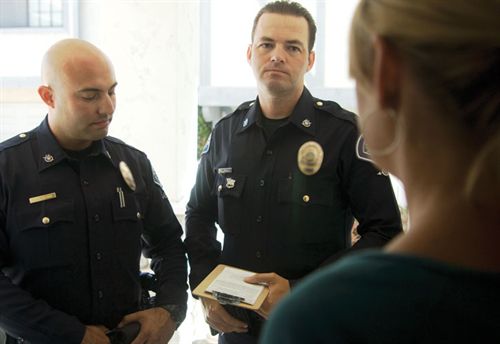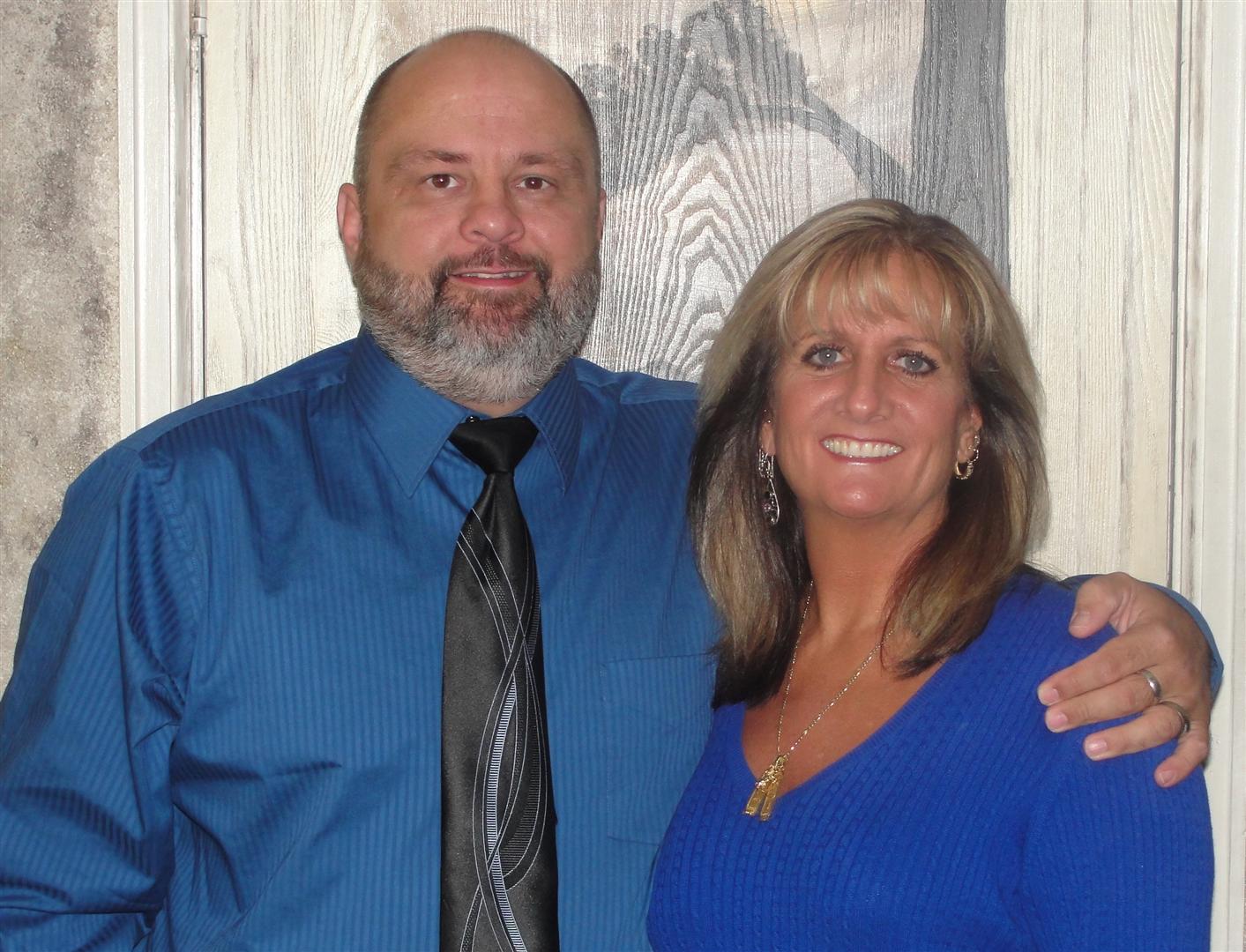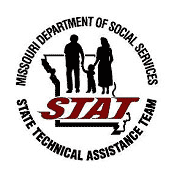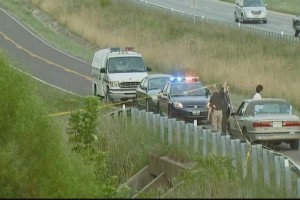Science of Entomology – Prof. Jeffery Tomberlin
Predicting the postmortem interval of a decedent is a major task of law enforcement. Most methods implemented by death investigators rely on qualitative information (i.e. rigor mortis, livor mortis). Microbes represent 99% of somatic cells in and on a human body. No data are available on the use of these organisms to predict the time…
Read More
